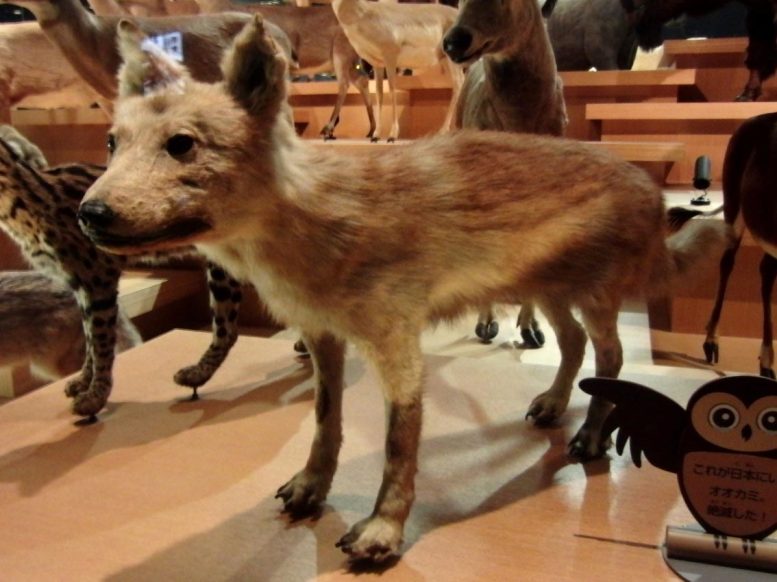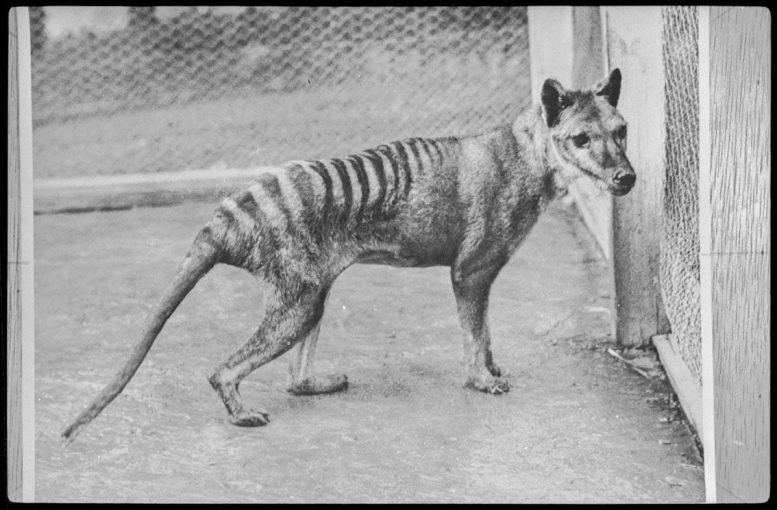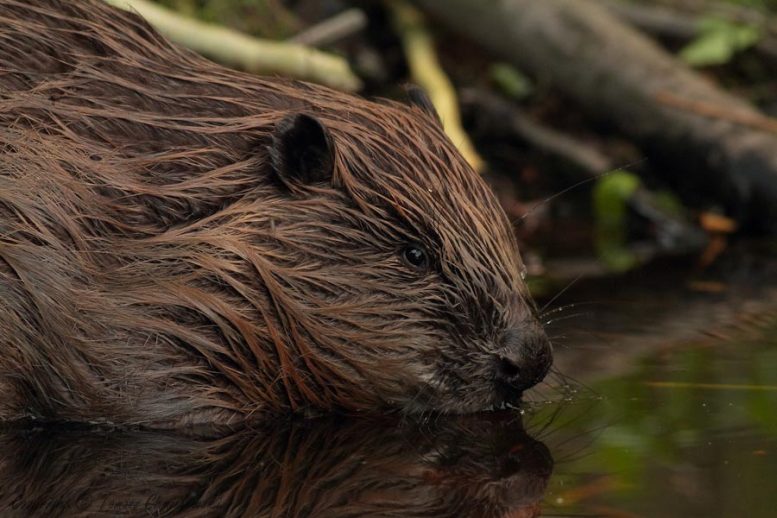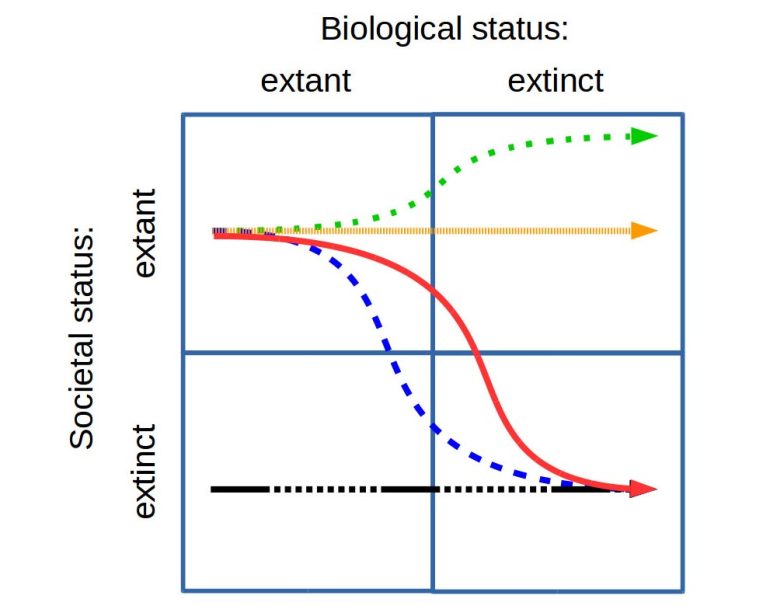Exploring the Phenomenon Of Societal Extinction

There are only a few examples of Honshu wolf (or okami) in the museum collections. This exposes Honshu to a process that gradually societal extinction, and transformation, which challenges its memory within Japanese society. Credit: Momotarou2012
Species go extinct twice – one time when the last individual stops breathing, and a second time when the collective memory about the species disappears.
[adapted from a quote attributed to both Banksy and Irvin Yalom]
Researchers from all over the world are now involved in new research 
Thylacine (Thylacinus cynocephalus) and the Tasmanian devil (Sarcophilus harrisii) were both extirpated on mainland Australia in the mid-Holocene and lost from Indigenous people’s memory, while they persisted in Tasmania, where they remained important and salient among the Indigenous people. Credit: Ben Sheppard
Dr. Diogo Verissimo, Research Fellow, Department of Zoology at the University of Oxford and co-author of the study said:
“Societal extinction occurs not only in extinct species, but also in those species still living among us, often due to social or cultural changes, for example, the urbanization or digitization of society, which can radically change our relationship with nature, and lead to the collective loss of memory.”
One example the researchers give is the replacement of traditional herbal medicine by modern medicine in Europe. This is believed to have degraded general knowledge of many medicinal plants, causing them to become societally extinct.
As more and more species are becoming threatened or extinct, they also become isolated from people. This leads to the extinction of experience – the progressive loss of our daily interactions with nature. As time passes such species may fully fade from people’s memory.

Reintroduction efforts of extirpated species, such as Eurasian beaver (Castor fiber) in the UK, may suffer from their absence in collective memory as natural parts of ecosystems and thus receive weaker public support. Credit: Tomasz Chmielewski
For example, studies conducted among communities in southwestern China and Indigenous people in Bolivia have shown loss of local knowledge and memory of extinct bird species.
The opposite, however, can also occur. “Species can also remain collectively known after they become extinct, or even become more popular,” explained Dr. Uri Roll, co-author, and researcher at the Ben-Gurion University of the Negev.
“However, our awareness and memory of such species gradually becomes transformed, and often becomes inaccurate, stylized, or simplified, and disassociated from the actual species.”
For example, after the Spix’s macaw became extinct in the wild, children from local communities within its former range incorrectly believed that this species resides in Rio de Janeiro, because of its appearance in the animated movie Rio.

Main types of trajectories of societal extinction. Credit: University of Oxford
“It is important to note that the majority of species actually cannot become societally extinct, simply because they never had a societal presence to begin with,” said Dr. Ivan Jaric, lead author of the study and researcher at the Biology Centre of the Czech Academy of Sciences.
“This is common in uncharismatic, small, cryptic, or inaccessible species, especially among invertebrates, plants, fungi, and microorganisms – many of which are not yet formally described by scientists or known by humankind. Their declines and extinctions remain silent and unseen by the people and societies,” Dr. Jaric continued.
Dr. Josh Firth, co-author of the study and Research Fellow at Oxford’s Department of Zoology said:
“Societal extinctions can affect conservation efforts aimed at protecting biodiversity because it can diminish our expectations of the environment and our perceptions of its natural state, such as what is the standard or relatively healthy.”
Further research will now assess how societal extinctions can produce false perceptions of the severity of threats to biodiversity and true extinction rates, and diminish public support for conservation and restoration efforts, such as reintroductions of Eurasian beaver to the UK.
“Societal extinction can reduce our will to pursue ambitious conservation goals. For example, it could reduce public support for rewilding efforts, especially if such species are no longer present in our memory as natural parts of the ecosystem,” added Dr. Jaric.
Reference: “Societal extinction of species” 15 February 2022, Trends in Ecology & Evolution.
DOI: 10.1016/j.tree.2021.12.011


